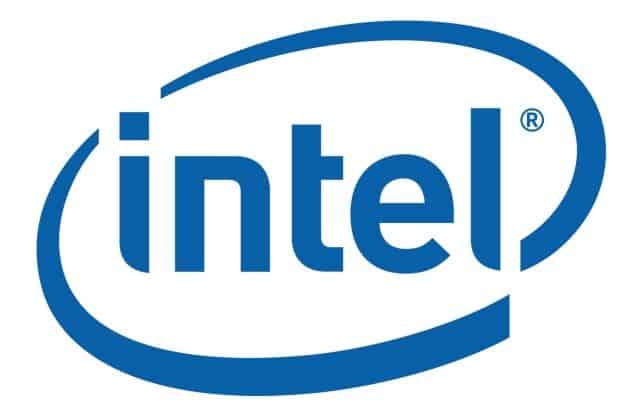Rome is trying to convince the chipmaker to invest in Italy rather than France.
Rome is trying to convince Intel to invest billions of euros in an advanced chipmaking plant in Italy. This is according to reporting by Reuters last week. Italy is making their move as Germany seems set to land an even bigger Intel megafactory, they said.
The two plants would be part of a drive by the U.S. group to build cutting-edge manufacturing capacity in Europe. They wish to help avoid future supply shortages of the kind currently crippling the automotive industry in particular.
Rome is already in talks with Intel about the potential investment. According to preliminary estimates it would be worth more than 4 billion euro ($4.7 billion). This according to sources who are involved in the discussions.
One of them said the total could even reach around 8 billion euros, depending on Intel’s plans.
The plans come as the EU aims to reduce its dependence on semiconductor supplies from the United States and China.
The first advanced chipmaking site outside of the U.S.
The Italian factory would be an “advanced packaging” plant that uses new technologies to weave together full chips out of tiles produced by Intel and other chipmakers, the sources said.
Intel is using the technology to draw in new customers such as Amazon.com Inc’s cloud computing unit. But so far, its only sites are in the United States.
France is also seen as contender for the megafactory. Italy also faces competition from Poland, where Intel also has a presence, for the packaging facility.
Intel CEO Pat Gelsinger has said they would announce the locations of two major new EU chip fabrication plants by year-end. The company looks to spend 80 billion euros over the next decade on the continent.
Italian Prime Minister Mario Draghi said this week the EU needed to act “now and decisively” to increase output to meet its target of producing 20% of the world’s semiconductor output by 2030.
“China and the U.S. are already investing tens of billions each in this sector,” he said.
